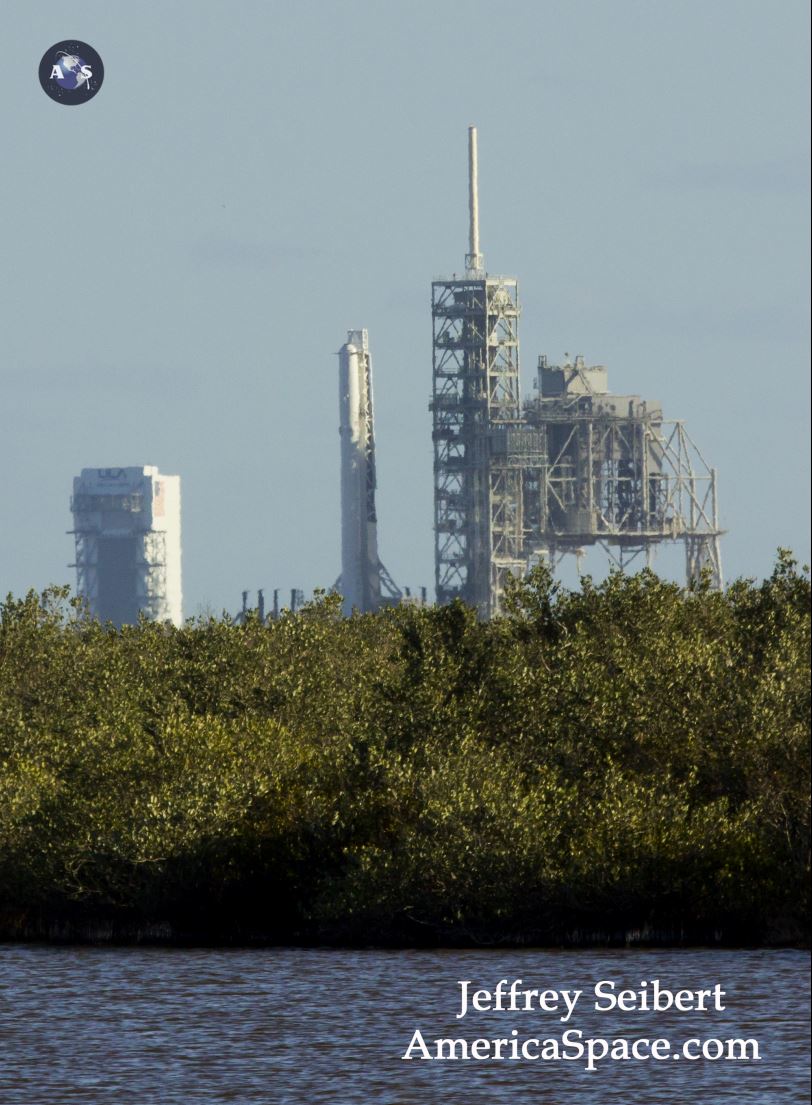
KENNEDY SPACE CENTER, FL – The first SpaceX Falcon 9 rocket ever to grace historic launch pad 39A at NASA’s Kennedy Space Center in Florida was erected this afternoon, Friday, Feb. 10, to prepare the booster for a critical static fire sometime Saturday, and a launch to the space station next weekend – if all goes well.
This marks the first time any rocket has stood on pad 39A since the retirement of NASA’s Space Shuttles in July 2011.
Liftoff of the Falcon 9 is slated for no earlier than next Saturday, 18 Feb 2017 on a critical cargo flight for NASA to deliver over two and a half tons of science and supplies to the six person crew living and working on the International Space Station (ISS).
The rocket – minus the payload comprising the Dragon cargo spacecraft – was rolled out of the SpaceX processing hangar at the perimeter fence and then up the incline to the top of pad 39A this morning using a dedicated transporter-erector.
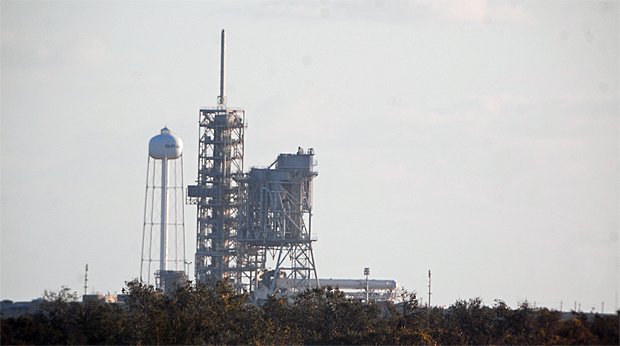
The booster was then hoisted into launch position this afternoon.
The scene was viewed by spectators including my space journalist colleague Jeff Seibert.
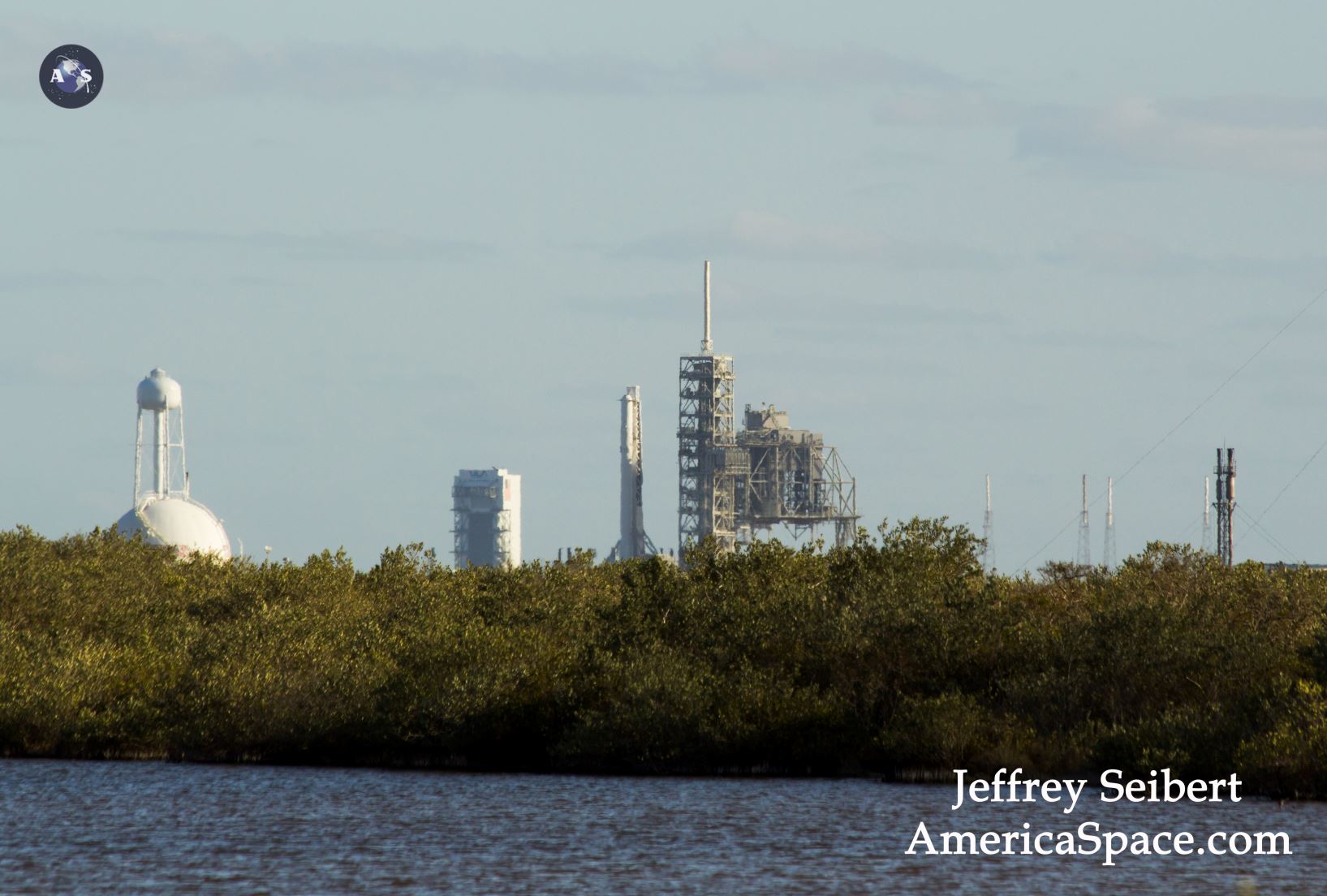
The historic NASA launch pad was formerly used to launch both America’s space shuttles and astronauts on Apollo/Saturn V moon landing missions.
SpaceX CEO Elon Musk also posted a photo on instagram with this caption:
“Falcon 9 rocket now vertical at Cape Canaveral on launch complex 39-A. This is the same launch pad used by the Saturn V rocket that first took people to the moon in 1969. We are honored to be allowed to use it.”
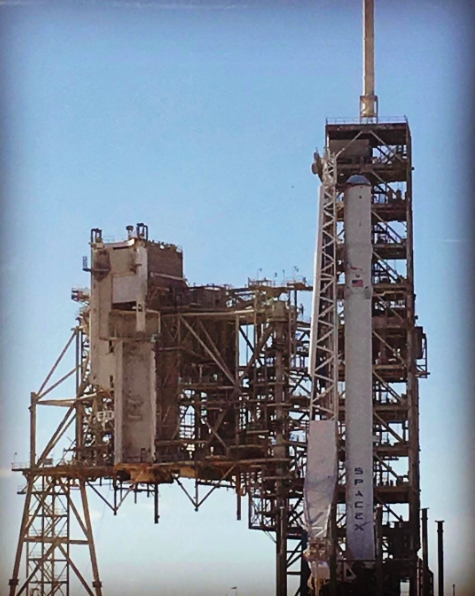
After the successful completion of the static fire test, the booster will be rolled back to the big processing hangar and the Dragon resupply ship will be integrated on top.
During the brief static fire test, all 9 Merlin 1D first stage engines are ignited for a few seconds to confirm they and the rocket are suited for liftoff while hold down clamps restrain the rocket on the pad.
Dragon will be loaded with more than 5500 pounds of equipment, gear, food, supplies and NASA’s Stratospheric Aerosol Gas Experiment III (SAGE III) ozone mapping science payload.
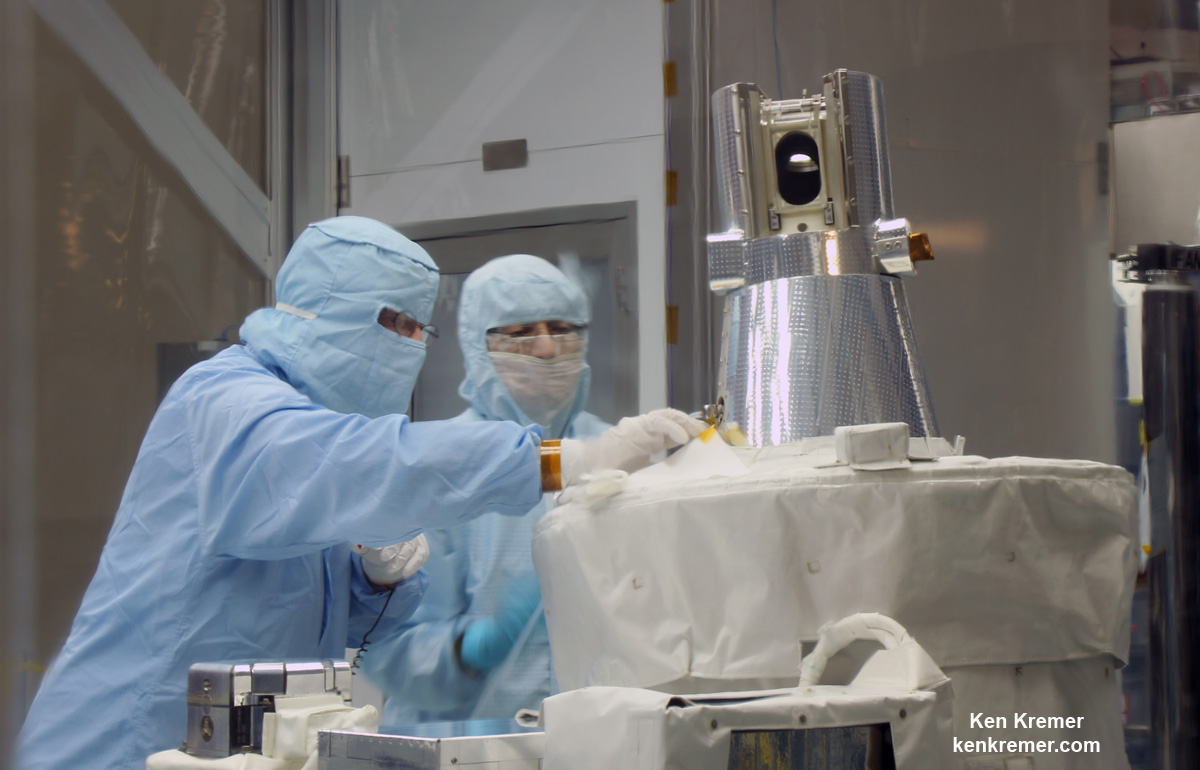
Pad 39A has lain dormant for launches for nearly six years since Space Shuttle Atlantis launched on the final shuttle mission STS 135 in July 2011.
Stay tuned here for Ken’s continuing Earth and Planetary science and human spaceflight news.
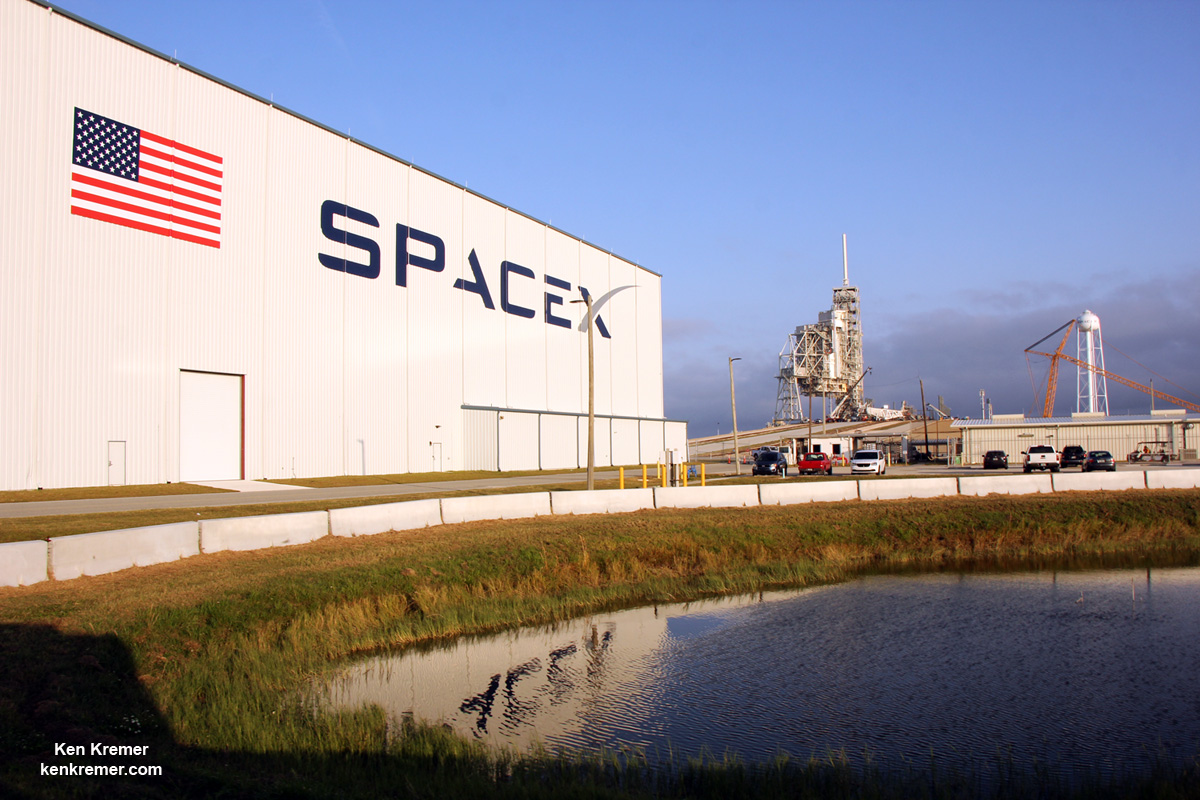

How do they get the payload to the top of the rocket?
It seems to stand quiet for from every tower and I see no kind of crane.
They attach the strongback, put the rocket back to horizontal, roll the thing back into the hangar, and there, they put the payload on the rocket.
Except the article says that the Falcon 9 rocket stands erect atop Launch Complex 39-A. A Liftoff to the ISS is slated for 18 Feb 2017.
So in three days they will move it back to the assembly building, put on the payload, take it back to the launch pad, and have it ready by the 18th. Just seems like a lot of work.
But if that is what they do to get it ready, so be it.
Thanks for the information.
Go SpaceX! Lets hear those engines ROAR!
I took a look on the i-net but didn’t find much in the way of a cargo manifest for this mission. Is there a page somewhere for that?
I mean.. besides the ones you mentioned.